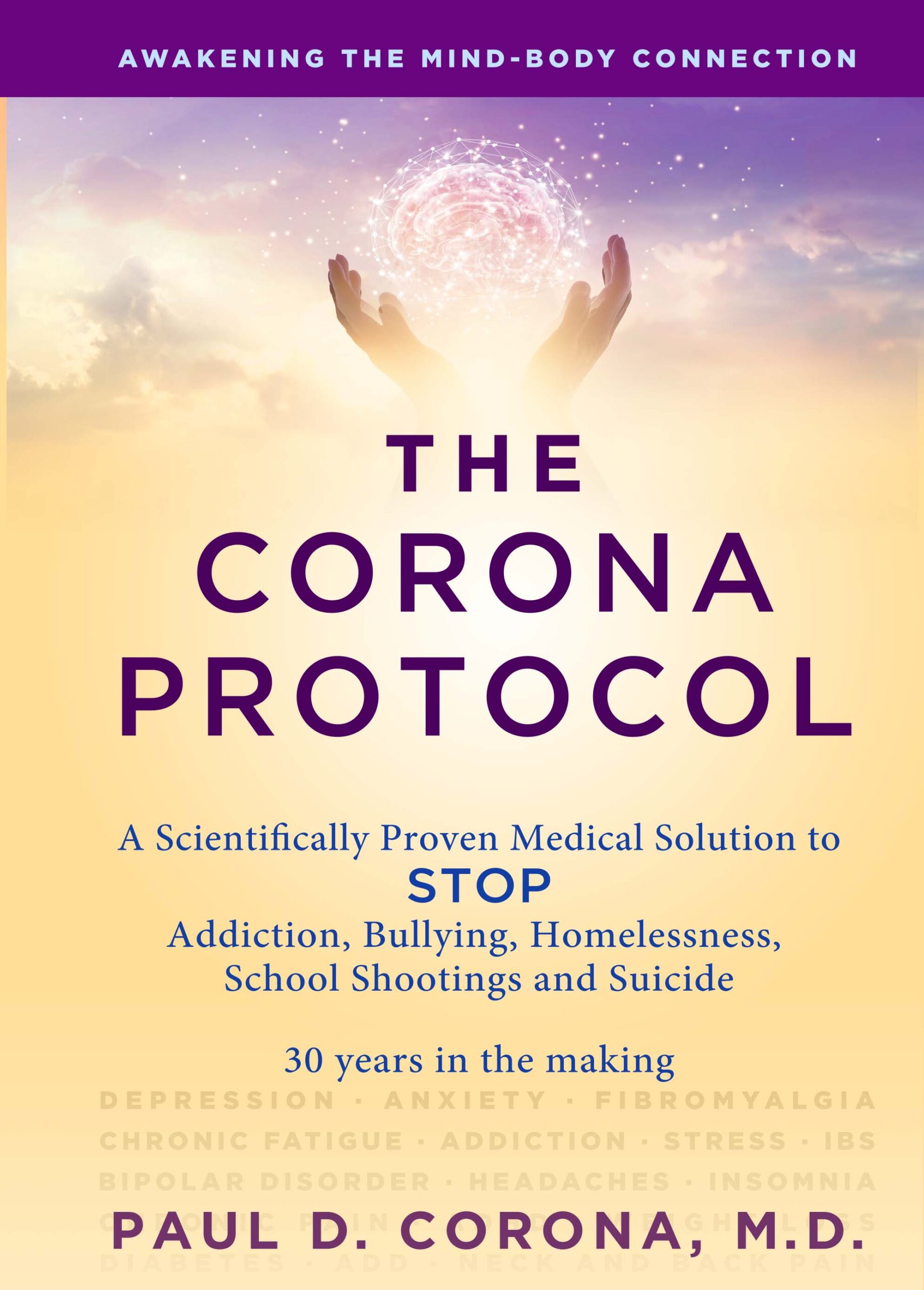According to PersistenceMarketResearch, the global Continuous Positive Airway Pressure (CPAP) devices market will witness a CAGR of 6.3% between 2020 and 2030.
Air is inhaled through nose. It later travels into larynx, trachea, bronchi, bronchioles, and ultimately to alveoli through nasopharynx and oropharynx. At times, parts of respiratory tract could be obstructed by excess fat, musculature’s poor tone, overgrowth of tonsils, or excess tissue. Air forced through CPAP helps in keeping airways patent, thereby averting airway collapse.
Diving Deep into the CPAP Devices Market
Children and adults battling breathing problems like OSA (Obstructive Sleep Apnea) are likely to witness airway collapse. OSA could be caused by hypotonia, obesity, adenotonsillaar and hypertrophy. CPAP could be administered in NICU (neonatal intensive care unit) for treating pre-mature infants (whose lungs are undder-developed). In case of adults, it could be the ones having respiratory distress syndrome out of surfactant deficiency. CPAP could also be used by physicians for treating hypoxia, pneumonia, and bronchiolitis in infants. Also, adults suffering from trachemalacia (those having collapsible airways) are treated through CPAP. With respiratory disorders rising at an alarming rate, the global Continuous Positive Airway Pressure (CPAP) Devices market is bound to go great guns in the forecast period.
The other factor is awareness campaigns being organized all through. For instance – National Sleep Foundation, in Jan 2019, organized an event known as “Sleep Show” in Houston, Texas for creating awareness regarding problems resulting out of sleep apnea. Light was also thrown regarding the same sleep apnea’s medical management. Several key players like ResMed, Inc., Respironics, and Paykel Healthcare Ltd. exhibited the products. The CPAP device consists of a tube, mask, and ventilator.
How about the Distilled Segmentation?
CPAP devices, by type, include nasal masks, nasal pillow, full face masks, and others. The application areas include sleep apnea, asthma, chronic lung disease, and others. By end-user, it’s home care settings, hospitals, and others. The present-day scenario is such that the patients that have sagacious respiratory drive require non-invasive or invasive ventilation with addition of BiPAP (pressure support and backup rate).
Get Complete article here: https://www.persistencemarketresearch.com/samples/31515
Certain CPAP devices also have a times pressure “ramp” setting starting with airflow at a lower level. On raising pressure to set level, it becomes simple to operate.
How about Region-wise?
Though North America leads the market, the Asia-Pacific is expected to steal the market with low-cost CPAP devices. China-based Ningbo Finer Medical Instruments Co., Ltd., China Zhengzhou Olive Electronic technology Co., Ltd., and Sure Care Corporation are the players offering CPAP devices at low price. Europe is also expected to grow at a visible rate between 2020 and 2030.
Competitive Landscape
The key market participants include GE Healthcare, BMC Medical Co. Ltd., Respironics, Fisher & Paykel Healthcare Ltd., RedMed Inc., Invacare Inc., Circadiance, Salter Labs, and Telefex Inc. On the developments’ front, Bleep, LLC, in Mar 2019, did come up with DreamPort Sleep Solution. This CPAP interface device is used to treat obstructive sleep apnea and comes across as a lightweight and headgear free device. Also, ResMed Inc., in Apr 2019, did launch “AirFit P30i”, one of the interface devices for CPAP.



